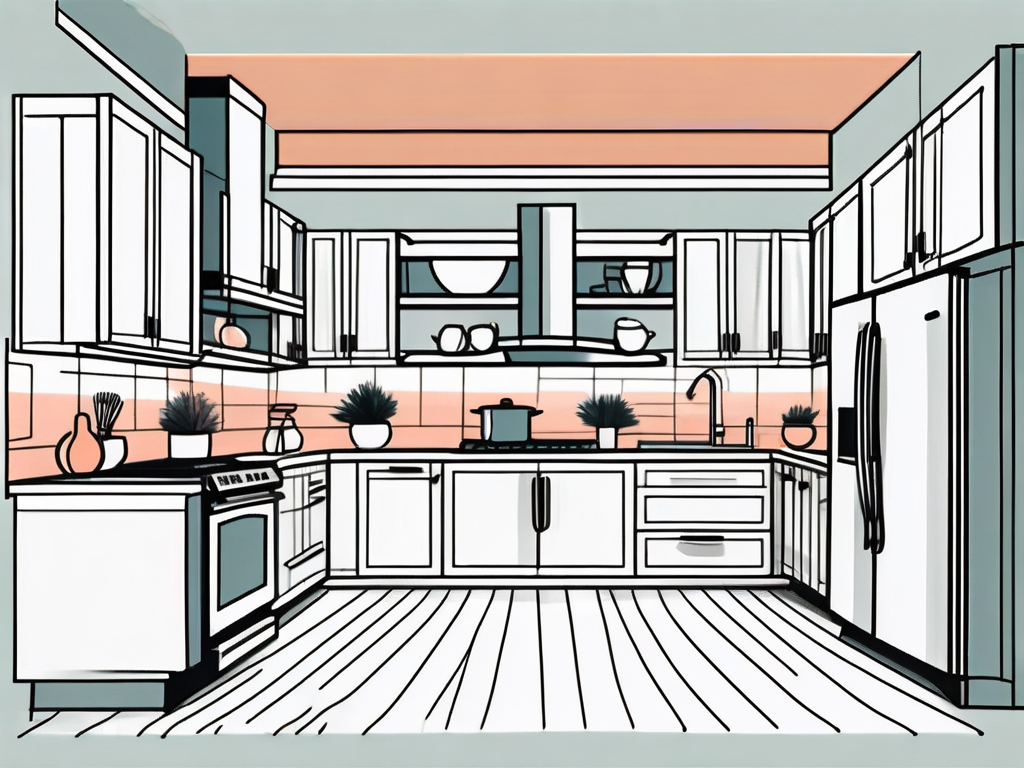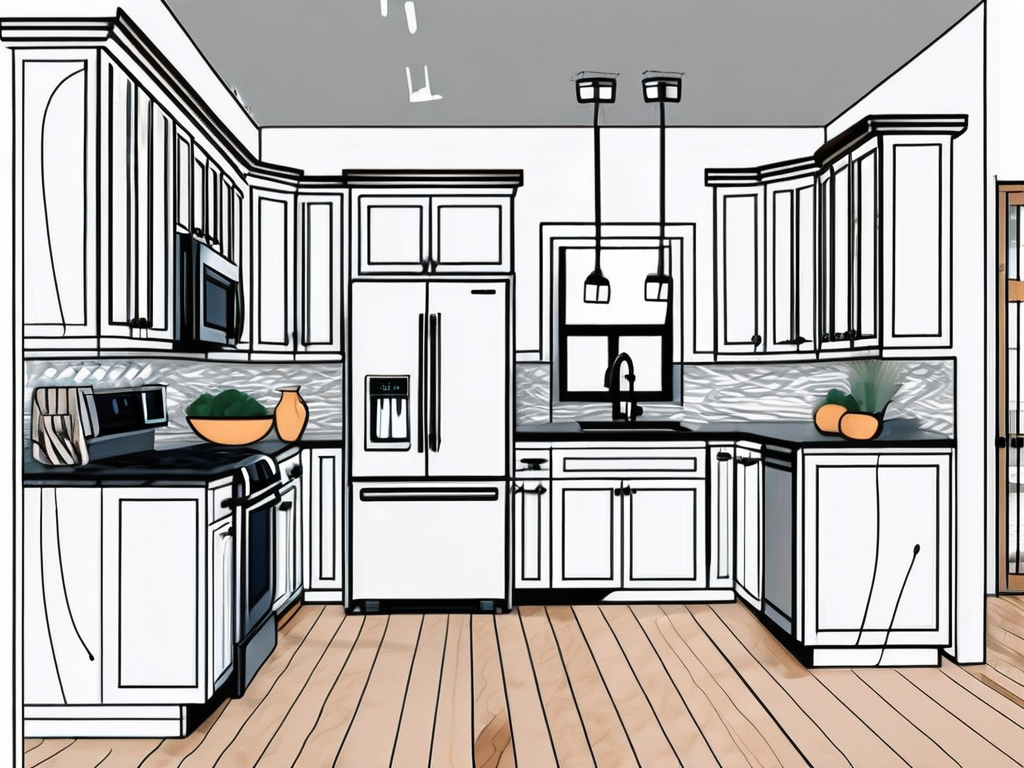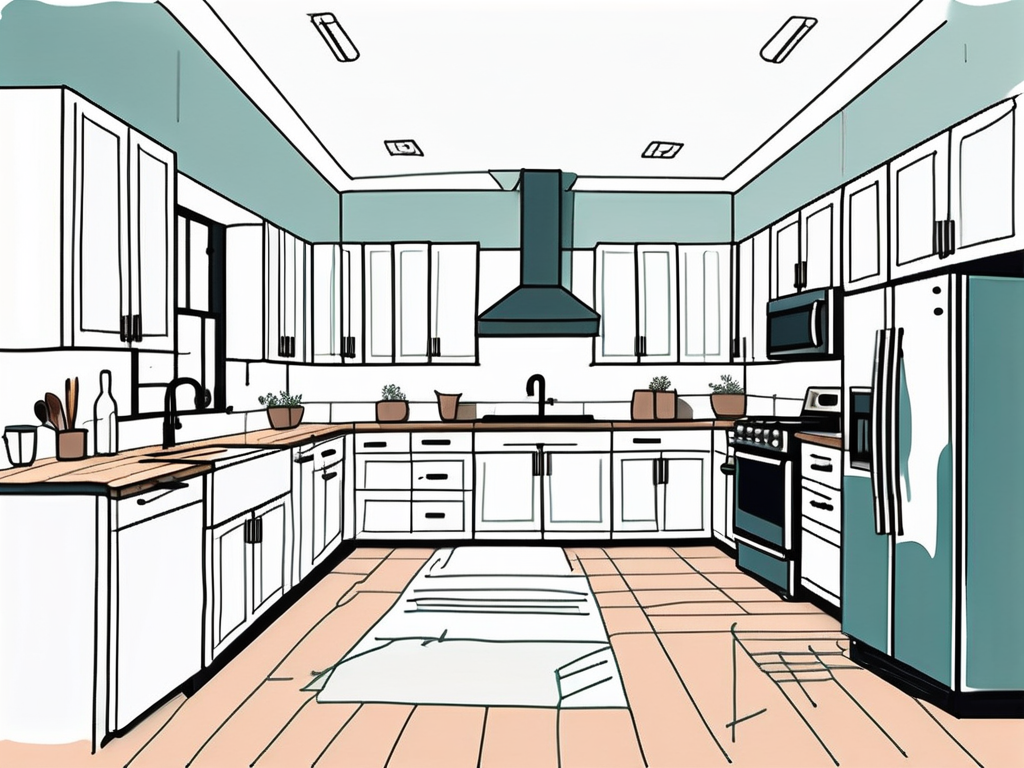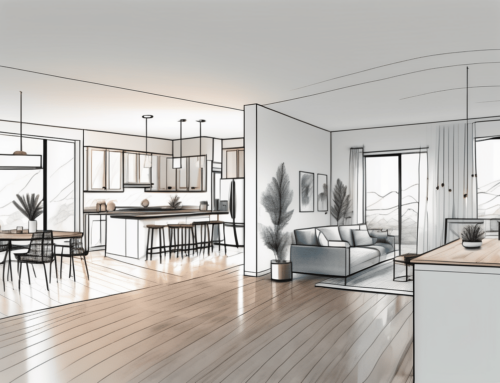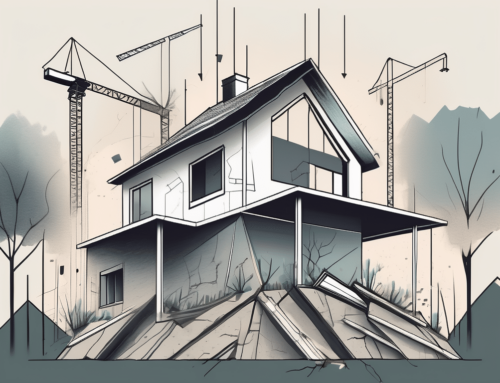7 design elements to consider when creating your custom kitchen
Creating a custom kitchen is an exciting endeavor that allows you to design a space that perfectly suits your needs and reflects your personal style. With so many design options to consider, it’s important to understand the key elements that will ensure a functional and aesthetically pleasing kitchen. In this article, we will explore the 7 design elements that are crucial for creating your dream custom kitchen.
Understanding the Importance of Kitchen Design
Before delving into the specific design elements, it’s essential to recognize the significance of kitchen design. The kitchen is the heart of the home, a space where families gather, meals are prepared, and memories are made. A well-designed kitchen enhances not only the functionality but also the overall ambiance of your home.
Furthermore, the kitchen serves as a hub for social interactions, where guests are entertained, and conversations flow freely. The design of this space can set the tone for gatherings, providing a welcoming atmosphere that encourages togetherness and shared experiences. By carefully planning the layout and incorporating comfortable seating areas, your kitchen can become a versatile space for both cooking and socializing.
The Role of Functionality in Kitchen Design
Functionality is paramount when designing your custom kitchen. It involves considering the layout, storage options, and ease of use. A well-planned kitchen layout ensures that you can move freely and efficiently while cooking or entertaining. It’s important to create a work triangle between the sink, refrigerator, and stove, allowing for seamless flow between these essential areas.
Moreover, incorporating innovative technology can further enhance the functionality of your kitchen. Smart appliances, touchless faucets, and integrated lighting systems can streamline tasks and improve efficiency. By embracing these modern conveniences, you can create a kitchen that not only looks beautiful but also caters to your practical needs.
Another crucial aspect of functionality is ample storage and organization. Overlooking storage solutions can result in cluttered countertops and a lack of usable space. Incorporating cabinets with smart storage features, such as pull-out drawers and built-in organizers, can maximize every inch of your kitchen.
Aesthetics and Personal Style in Kitchen Design
The aesthetics of your custom kitchen are equally important. Your kitchen should reflect your personal style while integrating seamlessly with the overall design of your home. Consider the color palette, materials, and finishes that will best complement your taste and existing decor.
Furthermore, paying attention to small details such as hardware, lighting fixtures, and decorative accents can elevate the visual appeal of your kitchen. These elements add personality and character to the space, creating a cohesive look that ties everything together. By infusing your personal style into the design, you can create a kitchen that not only functions well but also resonates with your individuality.
The 7 Key Design Elements for Your Custom Kitchen
Choosing the Right Kitchen Layout
The kitchen layout is the foundation of your design. It determines how efficiently you can work in your kitchen and influences the overall flow and functionality. Popular options include the U-shaped, L-shaped, and galley layouts. Consider the size and shape of your kitchen space when selecting the most suitable layout.
When choosing a kitchen layout, it’s important to think about your specific needs and preferences. For example, if you love to entertain, a U-shaped layout may be ideal as it provides ample counter space and allows for easy movement between different work zones. On the other hand, if you have a smaller kitchen, an L-shaped layout can maximize the use of available space while still providing functionality.
Selecting the Perfect Kitchen Cabinets
Kitchen cabinets play a vital role in both functionality and aesthetics. They provide storage for cookware, utensils, and pantry items while also contributing to the overall look of your kitchen. Choose cabinets that are durable, easy to clean, and complement the style you want to achieve. Consider factors like door styles, finishes, and hardware options.
When selecting kitchen cabinets, it’s important to consider the storage needs of your household. Think about the number of items you need to store and whether you prefer open shelving or closed cabinets. Additionally, consider the material of the cabinets. Solid wood cabinets offer a timeless look, while laminate cabinets are more budget-friendly and easy to maintain.
Importance of Countertop Material and Design
Countertops are the workhorses of the kitchen, experiencing daily use and requiring durability. Consider materials like granite, quartz, or butcher block, depending on your needs and preferences. Additionally, pay attention to the design of your countertops, as they can significantly enhance the visual appeal of your kitchen.
When choosing countertop materials, think about the level of maintenance required. Granite countertops are known for their durability and resistance to heat and scratches, while quartz countertops offer a wide range of colors and patterns to choose from. Butcher block countertops, on the other hand, provide a warm and rustic look, perfect for a farmhouse-style kitchen.
Flooring Options for Your Kitchen
The right flooring is crucial for both practicality and style. Opt for materials that are easy to clean and can withstand the demands of a busy kitchen. Popular choices include hardwood, tile, and laminate. Ensure that the flooring material complements the overall design theme of your kitchen.
When selecting kitchen flooring, consider factors such as durability, comfort, and maintenance. Hardwood floors offer a timeless and elegant look, but they may require more maintenance compared to other options. Tile flooring, on the other hand, is durable, easy to clean, and comes in a variety of styles and colors. Laminate flooring is a budget-friendly option that mimics the look of hardwood or tile while being resistant to scratches and stains.
Lighting: The Key to a Welcoming Kitchen
Proper lighting is often underestimated but plays a crucial role in creating a welcoming atmosphere in your kitchen. Utilize a combination of ambient, task, and accent lighting to provide functionality and enhance the ambiance. Consider installing pendant lights above your island or sink and under-cabinet lighting to illuminate workspaces.
When planning the lighting for your kitchen, think about the different activities that take place in the space. Task lighting, such as under-cabinet lights or recessed lights above the stove, can provide focused illumination for cooking and food preparation. Ambient lighting, such as ceiling-mounted fixtures or chandeliers, can create a warm and inviting atmosphere. Accent lighting, such as wall sconces or pendant lights, can highlight architectural features or decorative elements in your kitchen.
The Role of Color in Kitchen Design
Color has a significant impact on the overall feel of your kitchen. Opt for a color scheme that suits your taste and complements your home’s design. Lighter colors can create a sense of openness and freshness, while darker hues add drama and sophistication. Don’t be afraid to infuse color through accessories and accents.
When choosing a color scheme for your kitchen, consider the mood and atmosphere you want to create. Neutral colors like white, beige, or gray can create a timeless and versatile backdrop, allowing you to change the look of your kitchen easily with accessories and decor. Bold colors like blue, green, or red can add personality and make a statement. Remember to consider the color of your cabinets, countertops, and flooring to ensure a cohesive and harmonious design.
Incorporating Smart Appliances into Your Kitchen
In the ever-advancing world of technology, incorporating smart appliances can significantly enhance your kitchen experience. Smart refrigerators, ovens, and dishwashers offer convenience, energy efficiency, and advanced features. Determine which smart appliances align with your lifestyle and will contribute to the functionality of your custom kitchen.
When considering smart appliances for your kitchen, think about the features that would benefit you the most. Smart refrigerators with built-in cameras can allow you to see what’s inside without opening the door, helping you keep track of your groceries. Smart ovens with Wi-Fi connectivity can be controlled remotely, allowing you to preheat the oven or adjust cooking settings from your smartphone. Smart dishwashers can sense the level of dirtiness and adjust the wash cycle accordingly, saving water and energy. Choose appliances that align with your needs and make your kitchen tasks more efficient and enjoyable.
Mistakes to Avoid When Designing Your Custom Kitchen
Overlooking Storage and Organization
One common mistake in kitchen design is underestimating the importance of storage and organization. Insufficient storage space can lead to cluttered countertops and a lack of functionality. Plan for adequate cabinetry, shelving, and pantry space to keep your kitchen organized and efficient.
Neglecting Proper Lighting
Another mistake to avoid is neglecting proper lighting. Insufficient lighting can make your kitchen feel dim and unwelcoming. Plan for a combination of natural light and artificial lighting to ensure proper illumination throughout the space. Make use of various lighting fixtures and dimmers to create different moods and accommodate different activities.
Ignoring the Work Triangle
The work triangle is a fundamental design concept that ensures efficiency in the kitchen. Ignoring this concept can result in a kitchen layout that disrupts the flow and makes tasks more complicated. Be mindful of the distances and relationships between the sink, stove, and refrigerator. Keep these points within a reasonable distance to facilitate ease of movement and functionality.
In conclusion, creating your custom kitchen involves careful consideration of various design elements. By understanding the importance of kitchen design, including functionality and aesthetics, and paying attention to the key design elements such as layout, cabinets, countertops, flooring, lighting, color, and smart appliances, you can create a kitchen that is both highly functional and visually appealing. Avoiding common design mistakes such as overlooking storage and organization, neglecting proper lighting, and ignoring the work triangle will ensure that your custom kitchen is a space you will love for years to come.

